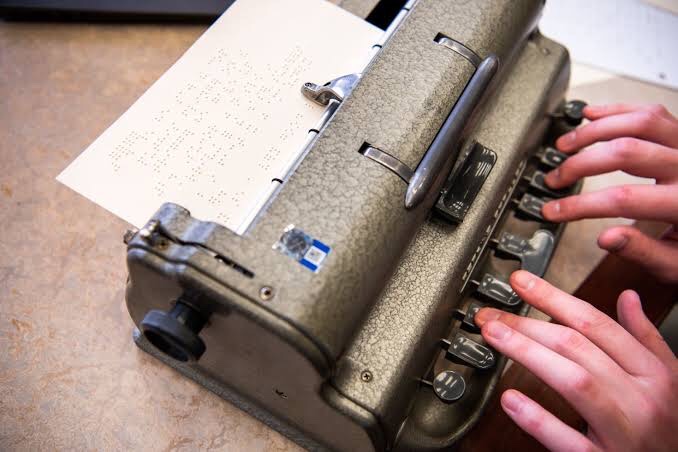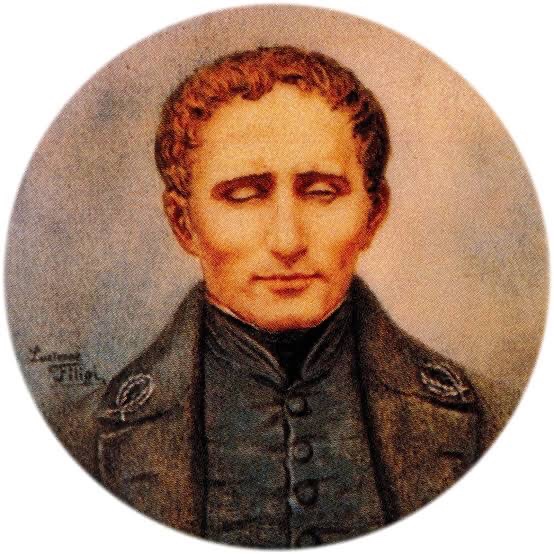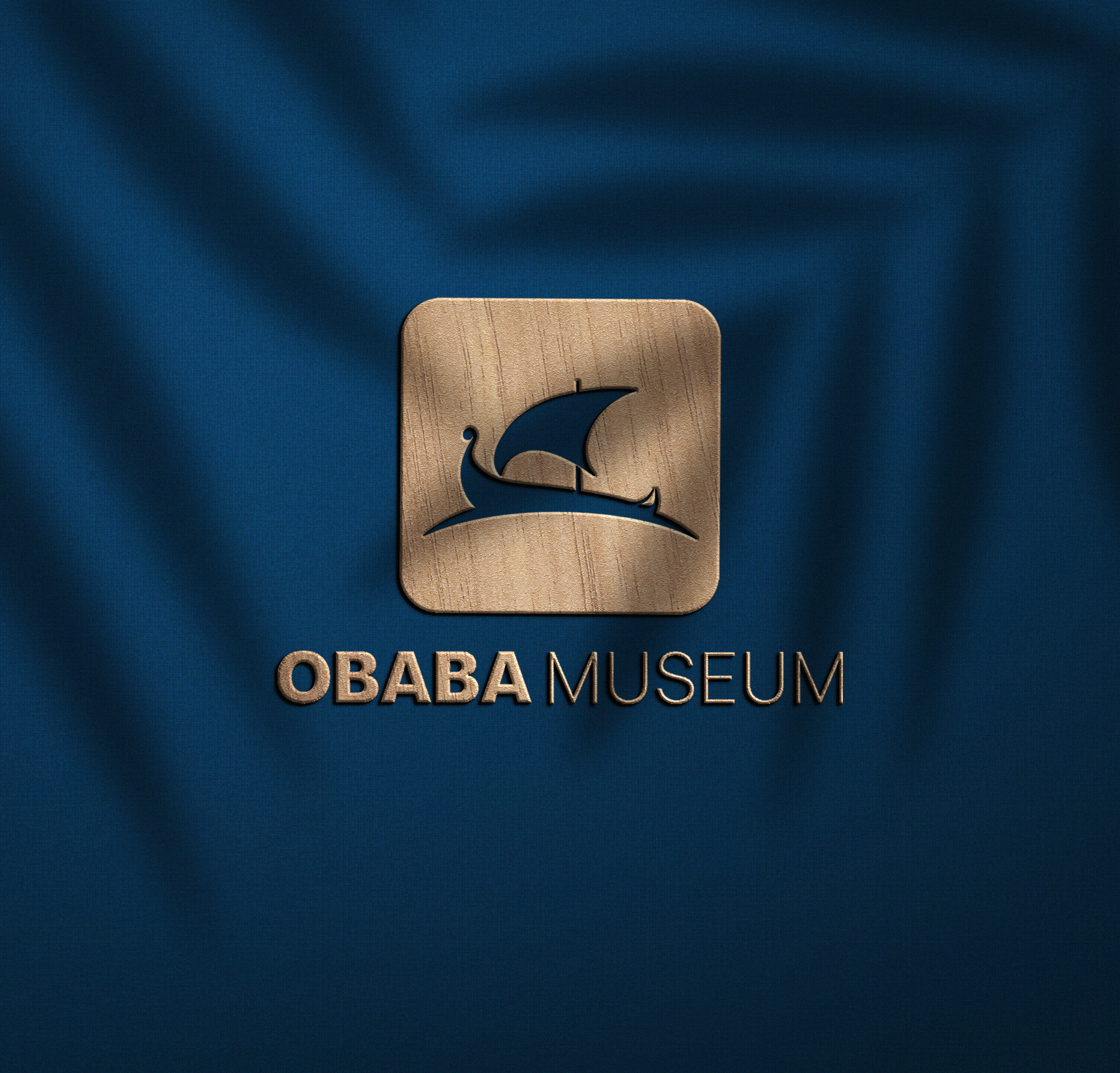As a curious child, I always found myself poundering over the seemingly impossible feats achieved by those who were visually impaired. How do blind people navigate the world? How do they read?
These questions ignited a flame of curiosity within me. In the end, my curiosity about blind persons, especially how they read, led me on a transformative journey of discovery, opening my eyes to the beauty of the Braille.
It all started one lazy summer afternoon when I stumbled upon a documentary showcasing the remarkable abilities of the blind. Intrigued, I watched intently as individuals effortlessly deciphered raised dots on paper into a world of words and ideas. This revelation left me in awe, sparking a desire to understand the intricacies of this tactile language. Simply determined to learn more, I delved into a research uncovering the history and significance of Braille and I am grateful for the opportunity to have a glimpse into the power of adaptation and innovation.

Braille is a tactile system of touch Reading and writing for blind persons in which dots and patterns represent the letters of the alphabet and are felt by the fingertips. It can be either read or written on hard paper or by using renewable braille displays that connect to computers and smartphone devices.
Brailles are also produced by special machines with six keys, one for each dot in the braille cell.

Braille, which is originally known as “night Reading” is named after it’s creator, Louis Braille. Louis Braille who was blind as the age of three, later invented the braille writing system in 1824 at the age of 15. Thereafter, in 1829 Louis Braille published his first Braille book with the idea of using dots as the basis of a tactile alphabet for the blind at that time.
Later on, this system of writing by Louis Braille gradually came to be accepted throughout the world as the fundamental form of written communication made to enable blind persons to read.
The use of braille is a significant milestone in the history of empowering individuals with visual impairment. He developed this with the idea of raised dots arranged in specific patterns to represent letters, numbers and punctuation marks, allowing blind people to read and write.
Braille reformed education and accessibility for the blind, enabling them to assess textbooks and other information independently.

Today, Braille, being a compilation of code for 133 languages from around the globe, is a vital tool for communication and literacy within the blind community contributing greatly to their inclusion and participation in the society.
